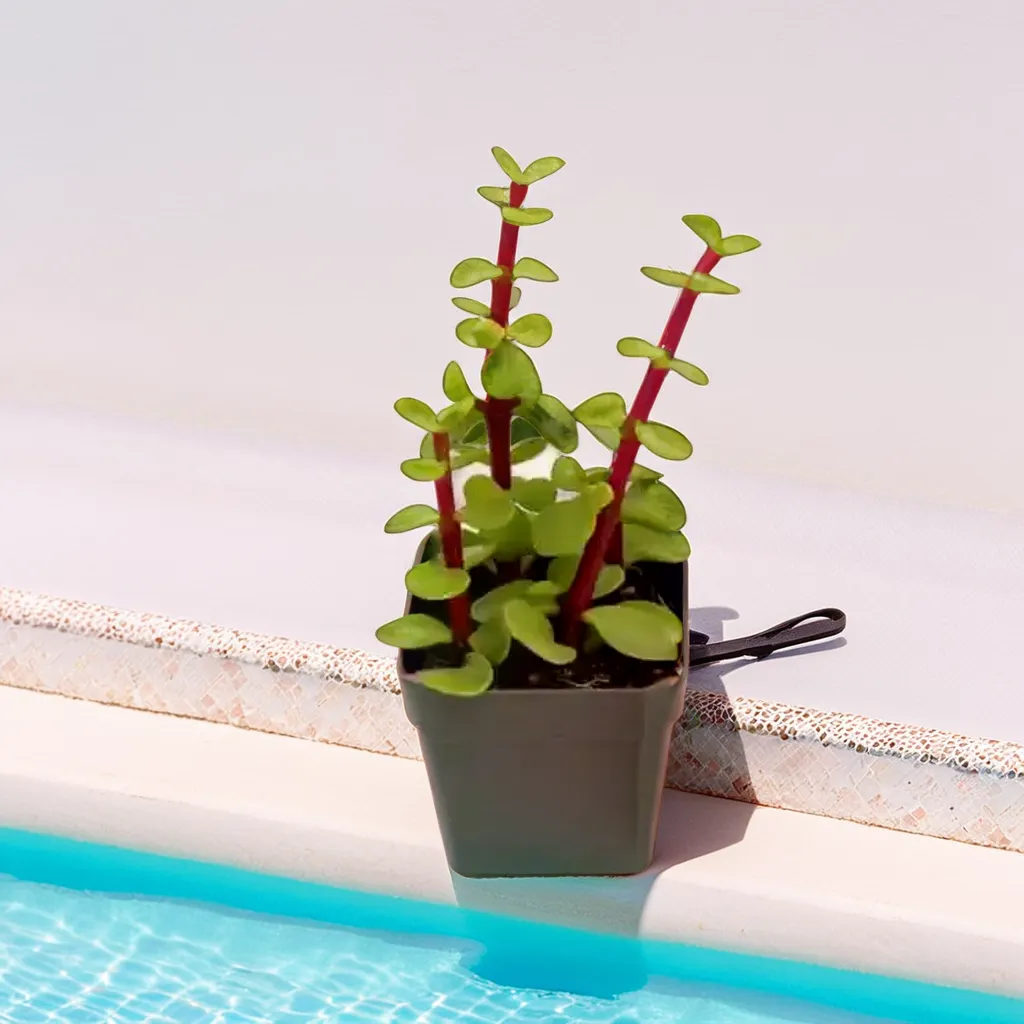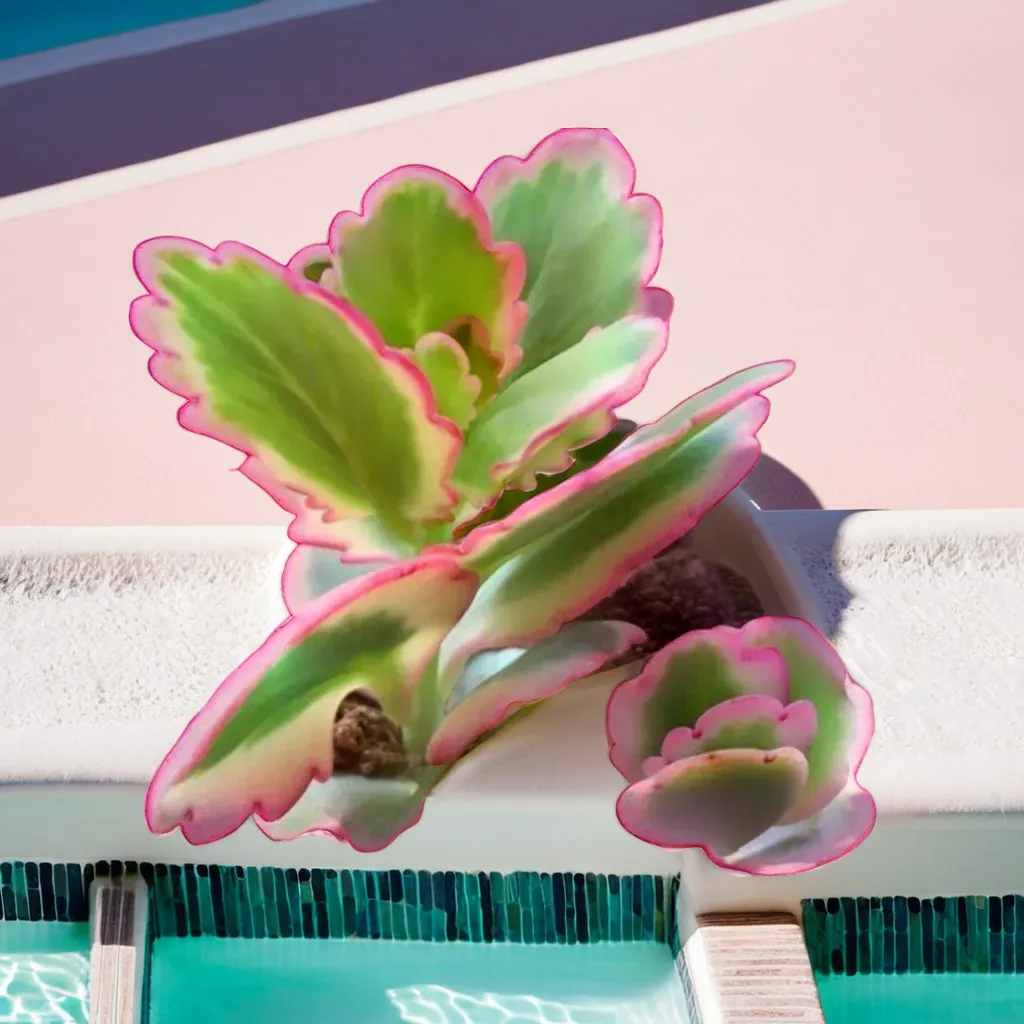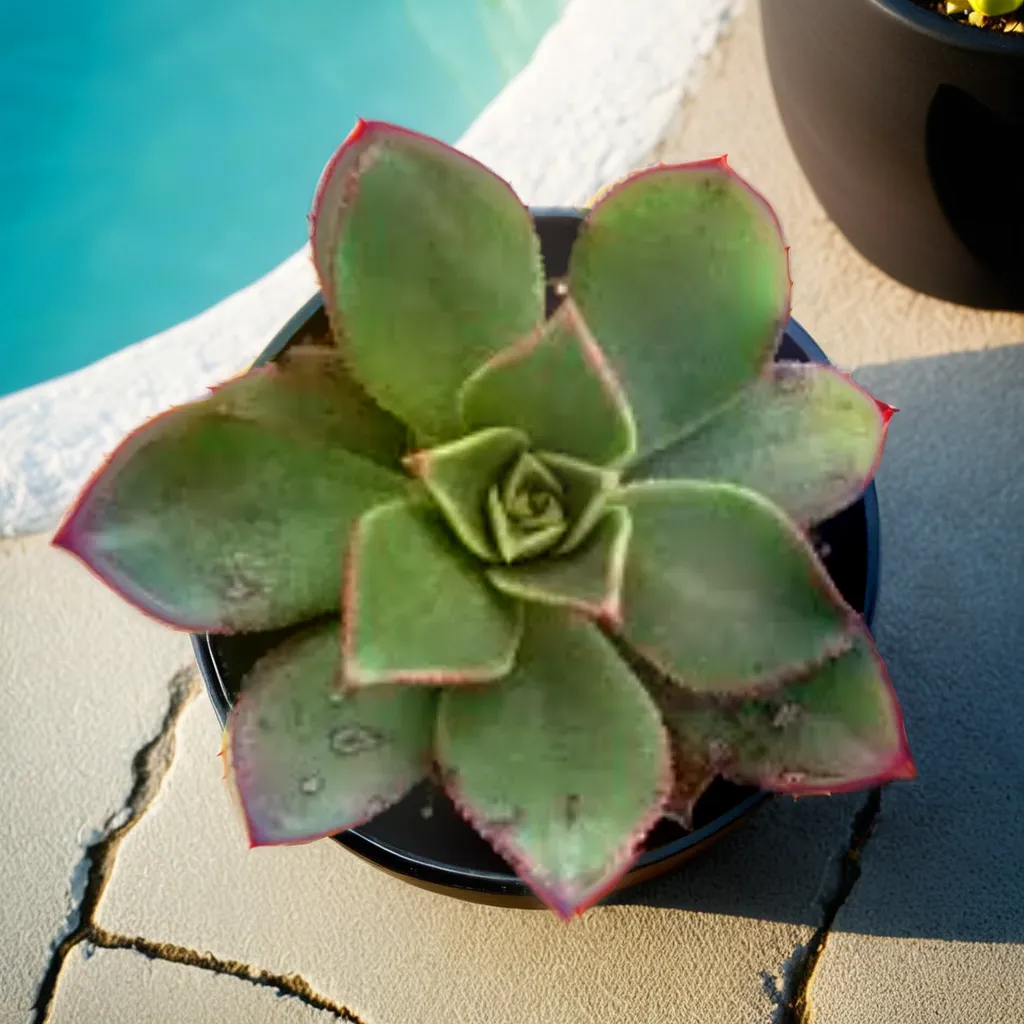Description
growing and caring for Tiger cup aloe succulents :
- Plant selection: Choose a healthy Aloe succulent from a reputable nursery or garden center. Look for a plant with vibrant leaves and no signs of damage or pests.
- Container and soil: Select a well-draining container with drainage holes to prevent waterlogging. Aloe succulents prefer containers made of clay or terracotta as they provide better breathability for the roots. Use a well-draining succulent or cactus potting mix, or create your own by combining regular potting soil with perlite or coarse sand.
- Lighting: Aloe succulents prefer bright, indirect sunlight. Place your plant near a window with filtered light where it can receive 4-6 hours of indirect sunlight per day. If growing indoors, ensure it gets enough light, or use artificial grow lights specifically designed for succulents.
- Temperature and humidity: Aloe succulents thrive in average to warm temperatures between 60-80°F (15-27°C). They can tolerate slightly cooler temperatures but are sensitive to frost. Aloe succulents prefer low to moderate humidity levels and are well-suited to drier indoor environments.
- Watering: Aloe succulents are drought-tolerant and prefer to dry out between waterings. Water your plant thoroughly and allow the soil to dry out completely before watering again. Overwatering can lead to root rot, so it’s important to avoid leaving the plant sitting in water. During the winter months, reduce watering frequency as the plant goes into a dormant period.
- Fertilization: Aloe succulents have low fertilizer requirements. You can feed them with a balanced, water-soluble fertilizer specifically formulated for succulents or cacti during the growing season (spring and summer). Dilute the fertilizer to half strength and follow the instructions on the packaging for the appropriate dosage and frequency.
- Pruning and grooming: Remove any dead or withered leaves by gently pulling them away from the base of the plant. Regular grooming will help maintain the plant’s appearance and overall health.
- Propagation: Aloe succulents can be propagated through offsets or stem cuttings. To propagate offsets, carefully remove the small plantlets that grow around the base of the parent plant and replant them in their own pots. For stem cuttings, take a healthy stem cutting and let it dry for a few days until the cut end calluses. Then, plant the cutting in well-draining soil and keep it lightly moist until roots develop.
- Pests and diseases: Aloe succulents are generally resistant to pests and diseases. However, keep an eye out for common succulent pests such as mealybugs or spider mites. If infestation occurs, take appropriate measures, such as using insecticidal soap or wiping the affected areas with a cotton swab dipped in rubbing alcohol.
By following these general care guidelines for Aloe succulents, you should be able to provide a suitable environment for your “Tiger Cup Aloe” or a similar Aloe plant. Remember to adjust the care based on the specific needs of your plant, as different Aloe species may have slightly different requirements.
You can also visit our store to buy succulents online , buy succulent planters, buy fertilizers online with various types of indoor plants and hardy succulents . You can refer to our informational site for more details about plant varieties.Click here for agricultural knowledge information.






